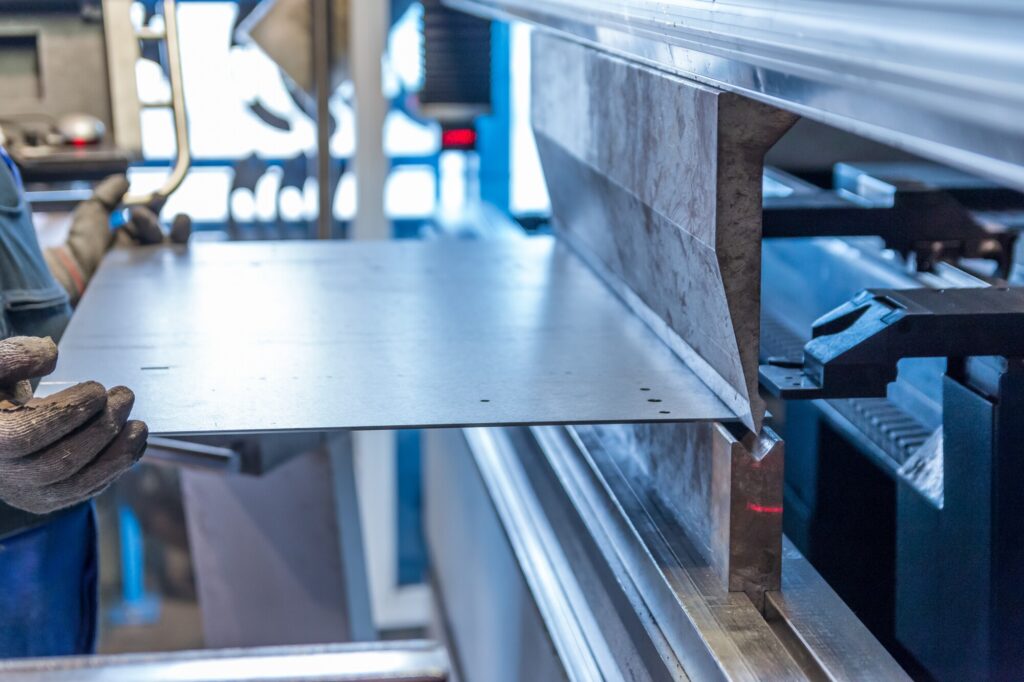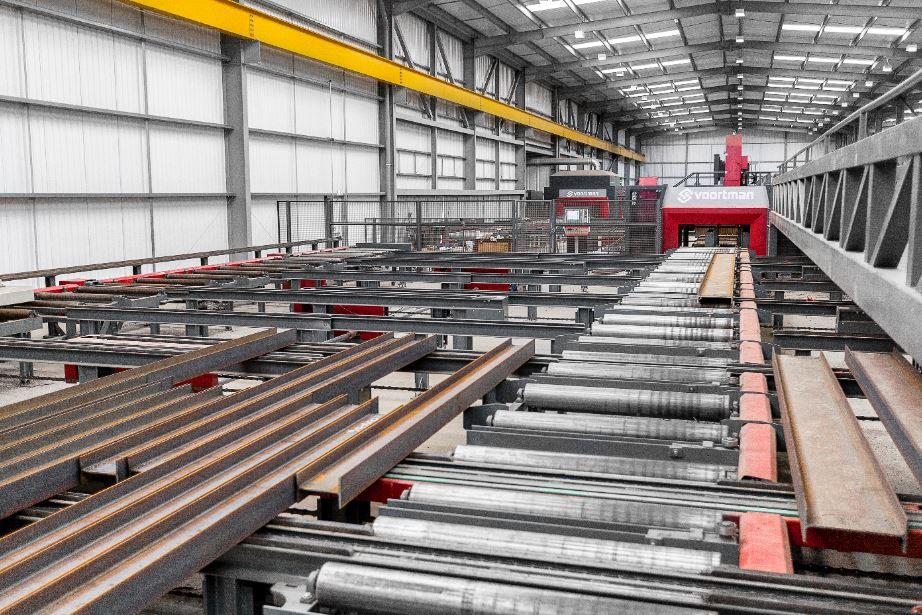Innovative Fads in Steel Construction: Enhancing Sturdiness and Precision
In the realm of steel construction, the search of durability and precision has resulted in a wave of cutting-edge patterns that are reshaping the industry. From advancements in welding modern technologies to the assimilation of robot automation in fabrication processes, the landscape of steel production is evolving quickly. High-strength alloy growth, combined with the usage of 3D modeling and simulation software application, is pushing the boundaries of what is achievable in terms of structural honesty and precision. Additionally, the expanding focus on lasting techniques in steel manufacturing is not only driving efficiency yet additionally cultivating a much more ecologically conscious strategy to construction. These patterns are not just forming the existing however likewise preparing for the future of steel manufacture, assuring further enhancements in durability and precision.
Advanced Welding Technologies
In the realm of steel construction, the adoption of advanced welding innovations has considerably reinvented the market's strategy to achieving exceptional high quality and accuracy in architectural welds. Advanced welding technologies, such as laser light beam welding and rubbing mix welding, have actually become game-changers in the field. Laser light beam welding employs a concentrated laser beam to sign up with steel components with remarkable accuracy and rate, making it excellent for thin materials and elaborate layouts. On the various other hand, friction stir welding develops extremely strong bonds by mechanically intermixing the particles of the materials at the joint, eliminating the requirement for thawing the metal. These modern technologies provide numerous advantages, including lowered heat-affected areas, marginal distortion, and enhanced mechanical residential properties in the bonded joints. By leveraging these advanced welding strategies, steel producers can raise the durability, toughness, and accuracy of their architectural welds, satisfying the increasingly demanding needs of contemporary building and construction tasks.
Robotic Automation in Fabrication
Embracing robot automation has come to be a cornerstone of contemporary steel fabrication techniques, enhancing and streamlining processes efficiency throughout the market. Robotics are reinventing the way steel components are manufactured, providing unparalleled precision and rate while decreasing human error. These automated systems can take care of recurring tasks with constant accuracy, bring about higher top quality end items.
One secret benefit of robot automation in steel construction is the capability to work all the time without fatigue, substantially enhancing production output. This continual procedure reduces downtime and accelerates task timelines, eventually saving expenses for suppliers. In addition, robotics can be configured to do elaborate jobs that might be tough or dangerous for human workers, improving security in the work environment.
Furthermore, robotic automation makes it possible for smooth integration with various other digital innovations, such as computer-aided layout (CAD) software application and Internet of Points (IoT) systems (steel fabricators melbourne). This interconnected approach improves interaction between different phases of manufacture, optimizing operations and making sure real-time surveillance and control. As the steel manufacture industry continues to progress, robot automation stands apart as a transformative pressure driving efficiency and precision in producing procedures

High-Strength Alloy Development
The advancement of why not try these out high-strength alloy development in steel construction is improving the industry's strategy to improving product resilience and performance. High-strength alloys are crafted to exhibit remarkable mechanical properties, such as enhanced tensile toughness, strength, and rust resistance compared to typical steel grades. By incorporating these sophisticated alloys into fabrication processes, suppliers can produce elements that hold up against higher stress and anxiety degrees and severe atmospheres, bring about more dependable and resilient final result.
One key advantage of high-strength alloy growth is the ability to decrease material density without compromising architectural stability. This not just results in lighter-weight components yet additionally adds to cost savings and improved performance in manufacture and setting up processes. The improved strength-to-weight proportion of these alloys enables for the style and building and construction of structures with greater load-bearing capabilities while reducing overall weight.
3D Modeling and Simulation Software
Advancements in steel manufacture procedures have actually been dramatically thrust by the assimilation of sophisticated 3D modeling and simulation software devices. These devices enable makers to produce in-depth virtual versions of their tasks, allowing them to picture the final product with accuracy prior to any kind Go Here of manual labor starts. By mimicing numerous stress elements, ecological conditions, and structural loads, makers can enhance designs for enhanced toughness and efficiency. Furthermore, 3D modeling and simulation software program improve the production process by determining potential issues at an early stage, reducing the requirement for expensive rework and reducing material waste.

Sustainable Practices in Steel Production
Including lasting methods into steel manufacturing procedures is vital for minimizing ecological influence and making sure long-term resource accessibility. One vital sustainable practice is the adoption of energy-efficient technologies to lower greenhouse gas emissions during the steel production procedure. This includes utilizing renewable resource resources, such as solar or wind power, to power steel plants and implementing energy-efficient equipment to optimize energy use.
An additional critical facet of lasting steel manufacturing is the liable sourcing of basic materials. This entails guaranteeing that the iron ore and various other sources used in steelmaking are obtained from eco friendly and ethical sources. By promoting transparency in the supply chain and adhering to stringent environmental requirements, steel suppliers can lessen the adverse influences of source removal on regional environments and areas.

Conclusion
In conclusion, the innovative patterns in steel manufacture such as sophisticated welding innovations, robotic automation, high-strength alloy development, 3D modeling and simulation read software program, and lasting techniques are enhancing the toughness and accuracy of steel items. These advancements are transforming the steel manufacture market by improving sustainability, effectiveness, and top quality. It is clear that the future of steel manufacture hinges on embracing these sophisticated innovations to satisfy the demands of modern-day building and construction and manufacturing industries.
In the realm of steel fabrication, the quest of durability and precision has actually led to a wave of innovative fads that are reshaping the market.In the realm of steel fabrication, the fostering of innovative welding innovations has substantially revolutionized the sector's technique to accomplishing superior quality and precision in structural welds. As the steel manufacture market continues to evolve, robot automation stands out as a transformative pressure driving efficiency and accuracy in manufacturing procedures.
In addition, recycling and reusing steel scrap and waste materials play a substantial duty in enhancing the sustainability of steel manufacturing. metal fabrication melbourne.In verdict, the ingenious fads in steel construction such as advanced welding modern technologies, robotic automation, high-strength alloy development, 3D modeling and simulation software, and lasting techniques are boosting the durability and accuracy of steel items